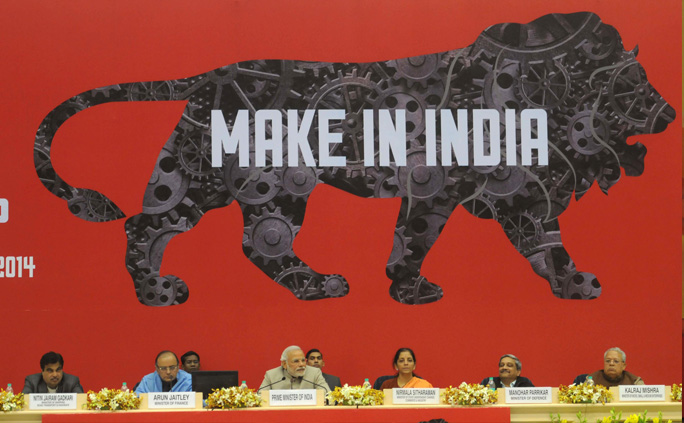With Prime Minister Narendra Modi’s initiative to bring up Indian industrial growth, employment and the GDP at once, Make in India is filled with the optimism and hope of every Indian. The benefits are points to put your chin up at – the world will turn to India for the latest and more affordable technology; unemployment rates can be diminished by a large extent; our industries will see a boost in development; the education sector can be inspired by this progress to encourage its students to explore more fields - should this dream come true.
After the launch of the website – powerful in its communications, and encompassing in 25 broad categories the industries of India, we’re yet to see a revolutionary, head turning, or even somewhat hope inducing announcement of investments. Is this bad timing, a shortcoming on the Modi government’s end, or simply a false promise? The possibilities are many.
It isn’t without hiccups that we see this plan unfold. Here’s what the experts say.
“We are more dependent on the global economy than we think. That it is growing more slowly, and is more inward looking than in the past means that we have to look to regional and domestic demand for our growth — to make in India primarily for India,” said RBI governor Raghuram Rajan in an interview, clearly implying that now may not necessarily be a great time to implement the project.
A good plan is one that checks all our boxes, and we have quite a few.
Does production in the country necessarily mean better governance and laws tailored to encourage social and industrial progress? Will this, in any way, help us adopt better practices, economies that are standardised universally? Will this result in better community interactions – a necessary factor in the diverse and communally volatile backdrop of India?
Are we prepared, and equipped enough for the world to turn its attention to Indian industries, while the country itself has a predominance of traditional production and distribution models? The Mangalyaan Mars mission brought to light one thing – our technology is at par, and perhaps better at production than quite a few countries. But internally, our systems still fail to deliver. Barring a few exceptions, our roads and cities are barely just able to contain its civil load. Our industrial standards are rising, but are they where the global standards are, to promise the world so much?
Will the cities continue to be hubs for immigrants or will every town and village turn into a centre for growth? Will we lose our rich cultural fabric in the chase for industry? Prime Minister Modi has said, "Growth should be balanced across India and special efforts should be made to ensure that the East, which is rich in natural resources, should be as developed as the Western parts of the country.” Is a 5-year plan a viable one for this?
Our business ties with producers from world over stand at stake. A recent example - The office of the US secretary of state John Kerry has voiced concerns over the production of solar energy plants being manufactured in India itself, for Indian usage. An investment the US has a major interest in – over $150 billion a year will be required for the next five year plan for solar energy harnessing, including production, transmission and distribution.
Is India ready to forsake its partners in projects as essential as this, knowing that perhaps folding out the manpower and brainpower to execute them independently will take a few, if not several more years?
The questions are many, but the hopes are high. In the next few years, or maybe more, we all look forward to a better India, for us and for the world, from beyond the website.




